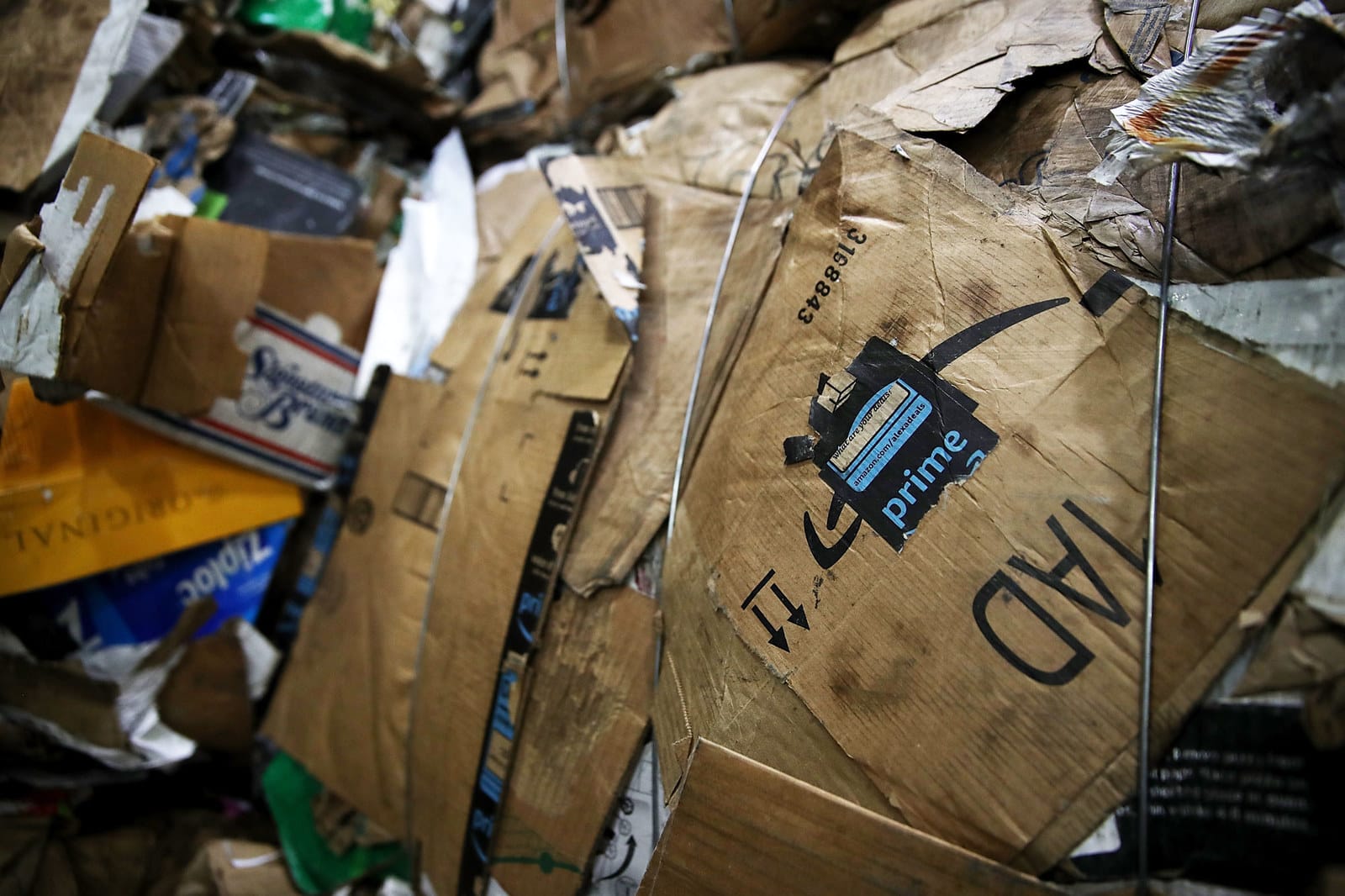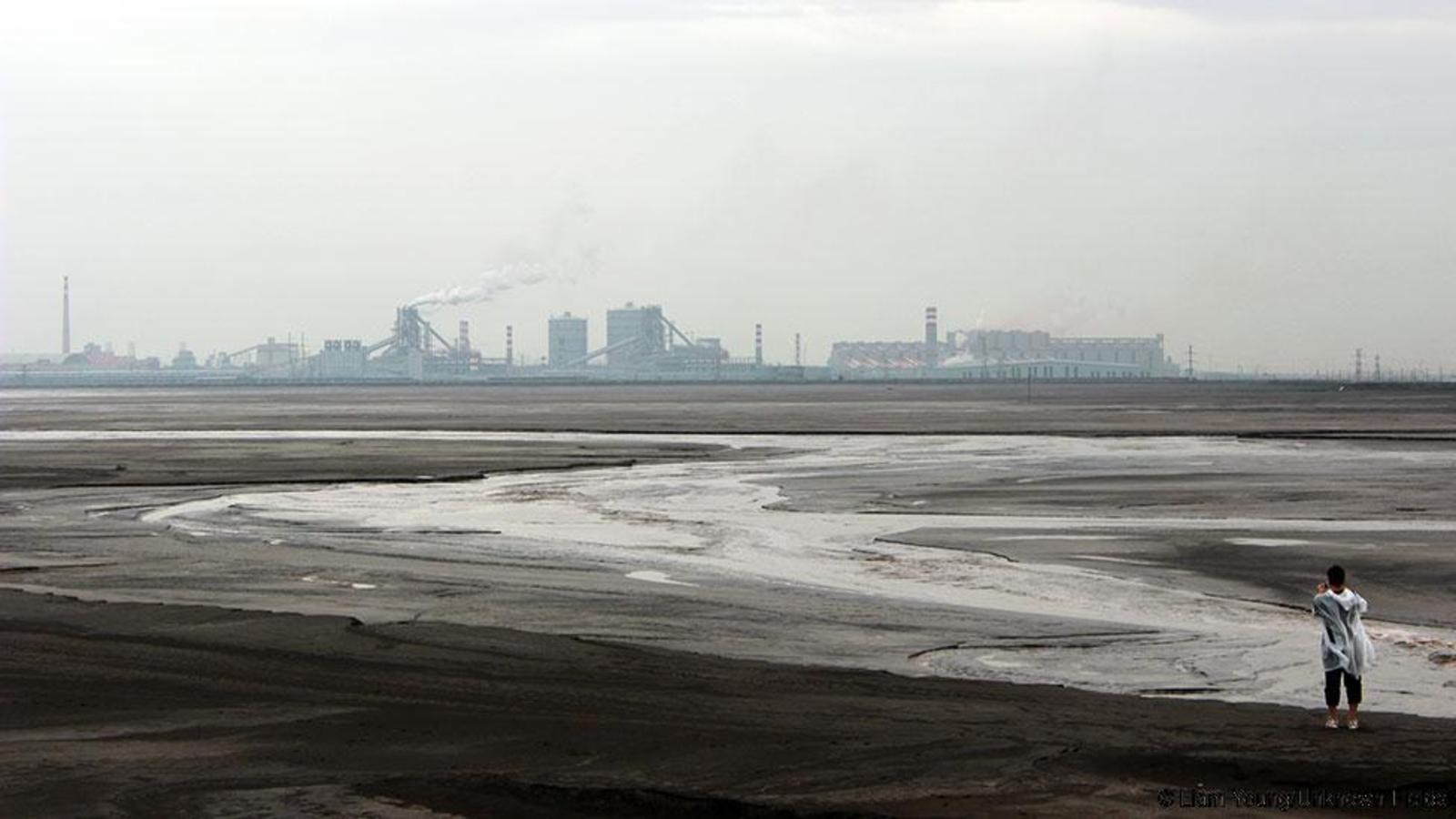Microplastics Found in Every Human Testicle in Study
Microplastics have been found in human testicles, with researchers saying the discovery might be linked to declining sperm counts in men. From a report:
The scientists tested 23 human testes, as well as 47 testes from pet dogs. They found microplastic pollution in every sample. The human testicles had been preserved and so their sperm count could not be measured. However, the sperm count in the dogs’ testes could be assessed and was lower in samples with higher contamination with PVC. The study demonstrates a correlation but further research is needed to prove microplastics cause sperm counts to fall.Sperm counts in men have been falling for decades, with chemical pollution such as pesticides implicated by many studies. Microplastics have also recently been discovered in human blood, placentas and breast milk, indicating widespread contamination of people’s bodies. The impact on health is as yet unknown but microplastics have been shown to cause damage to human cells in the laboratory. Vast amounts of plastic waste are dumped in the environment and microplastics have polluted the entire planet, from the summit of Mount Everest to the deepest oceans. People are known to consume the tiny particles via food and water as well as breathing them in. The particles could lodge in tissue and cause inflammation, as air pollution particles do, or chemicals in the plastics could cause harm. In March, doctors warned of potentially life-threatening effects after finding a substantially raised risk of stroke, heart attack and earlier death in people whose blood vessels were contaminated with microscopic plastics.


